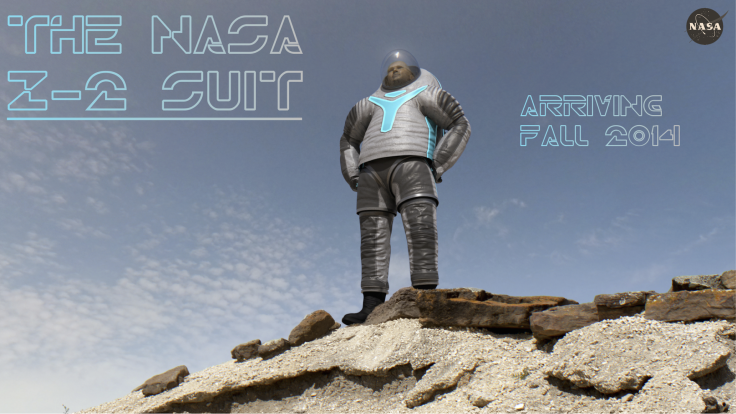Humans To Mars? NASA Orion Test Flight Is First Step In The 'Next Giant Leap'

NASA announced its plan to send humans to Mars ahead of the first flight test of the space agency's next-generation Orion spacecraft. As part of its "Next Giant Leap," the agency detailed its ambitious timeline, which will include a manned mission to an asteroid in the 2020s followed by the first mission to Mars in the 2030s.

On Thursday, Orion will take flight in an uncrewed test, traveling 3,600 miles above Earth (by comparison, the International Space Station orbits around 268 miles above Earth). Orion, developed by Lockheed Martin, will launch atop the United Launch Alliance Delta IV Heavy Rocket from Space Launch Complex 37 at Cape Canaveral Air Force Station in Florida, but it will use the next-gen Space Launch System (SLS) rocket in the future. During the four-and-a-half-hour mission, the spacecraft will complete two orbits of Earth before returning at speeds of 20,000 miles per hour and then splashing down in the Pacific Ocean.
The first Orion flight test will give NASA valuable data on the effects of radiation on the interior of the spacecraft, and the return trip to Earth will test Orion's heat shield. "Ascent, entry and things like fairing separations, Launch Abort System jettison, the parachutes plus the navigation and guidance -- all those things are going to be tested. Plus we’ll fly into deep space and test the radiation effects on those systems," Mark Geyer, program manager of Orion, said in a statement.
Prior to sending astronauts to Mars, NASA will send a manned mission to a captured asteroid in the 2020s. The Asteroid Redirect Mission will lasso a nearby asteroid and place it within a safe orbit near the moon. There are two possible ways to do it: by using an inflatable bag, or by using a robotic arm to take a boulder from a larger asteroid. A crewed mission aboard the Orion will visit the asteroid and collect samples. ARM would provide a huge boost to our understanding of asteroids and the formation of the solar system while testing new technology needed for deep-space exploration.
The first crewed flight is scheduled for 2021 with the goal of reaching Mars in the 2030s. The astronauts will be wearing new spacesuits in the mission to Mars, with NASA selecting the "Technology" version of its Z-2 Spacesuit concept in April.

"Orion is the exploration spacecraft for NASA, and paired with the Space Launch System (SLS) rocket, it will allow us to explore the solar system," Geyer said.
© Copyright IBTimes 2024. All rights reserved.




















